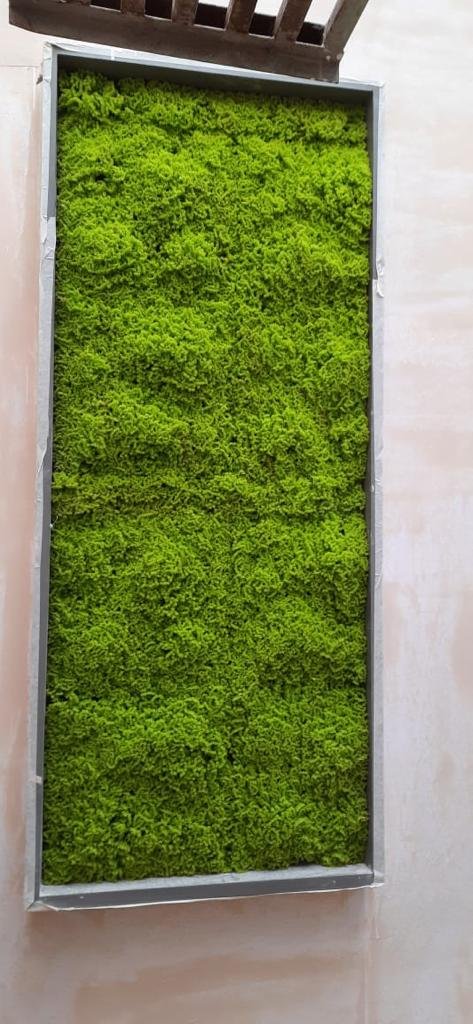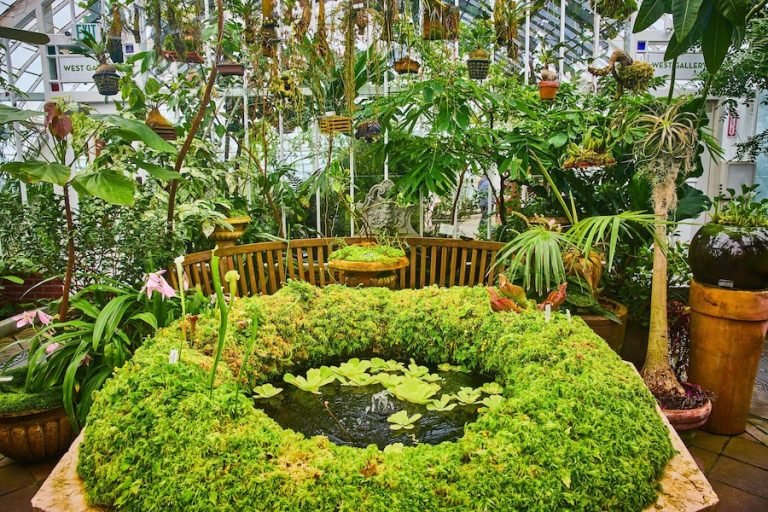Cultivating Nature’s Bounty: Exploring the World of Horticulture.
Horticulture, the science and art of cultivating fruits, vegetables, nuts, seeds, herbs, sprouts, mushrooms, algae, flowers, seaweeds, and non-food crops such as grass and ornamental trees, is a field that bridges the gap between science and aesthetics. In this article, we’ll delve into the multifaceted world of horticulture, exploring its various branches, techniques, and the impact it has on our environment and well-being.
To Know More About It Please Click Here
The Essence of Horticulture
- Definition and Scope:
- Horticulture encompasses a broad spectrum of plant-related activities, including cultivation, propagation, breeding, plant biochemistry, and genetic engineering. It not only focuses on food production but also contributes significantly to landscaping, ornamental gardening, and ecological conservation.
- Branches of Horticulture:
- Horticulture can be classified into various branches such as pomology (fruit cultivation), olericulture (vegetable cultivation), floriculture (flower cultivation), and landscape horticulture (designing and maintaining outdoor spaces).
The Art and Science of Cultivation
- Propagation Techniques:
- Horticulturists employ various propagation methods, including seed germination, cuttings, grafting, and tissue culture, to reproduce plants with desired traits.
- Crop Management:
- Successful horticulture involves meticulous crop management, covering aspects like irrigation, pest control, and nutrient management to optimize plant growth and yield.
Environmental Impact and Sustainability
- Biodiversity Conservation:
- Horticulture plays a pivotal role in preserving and enhancing biodiversity by cultivating and conserving diverse plant species.
- Urban Green Spaces:
- Landscape horticulture contributes to the creation and maintenance of urban green spaces, promoting aesthetic beauty, improving air quality, and providing recreational areas.
Economic and Social Contributions
- Food Security:
- The cultivation of fruits and vegetables ensures a diverse and nutritious food supply, contributing to global food security.
- Employment Opportunities:
- Horticulture provides employment opportunities in various sectors, from small-scale family farms to large commercial enterprises.
Innovations and Future Trends
- Technology Integration:
- The integration of technology, including precision agriculture, sensor-based monitoring, and genetic engineering, continues to revolutionize horticulture, enhancing efficiency and sustainability.
- Vertical Farming and Controlled Environments:
- The rise of vertical farming and controlled environment agriculture allows for year-round cultivation in urban areas, reducing the ecological footprint of traditional farming.
To Know More About It Please Click Here
Conclusion:
Horticulture, with its blend of science, art, and environmental consciousness, stands as a cornerstone of sustainable agriculture and ecosystem preservation. From contributing to global food security to beautifying our surroundings, the impact of horticulture on our daily lives is both profound and diverse. As we navigate an era of advancing technology and environmental challenges, the role of horticulture in shaping a greener, healthier, and more beautiful world is more significant than ever.







